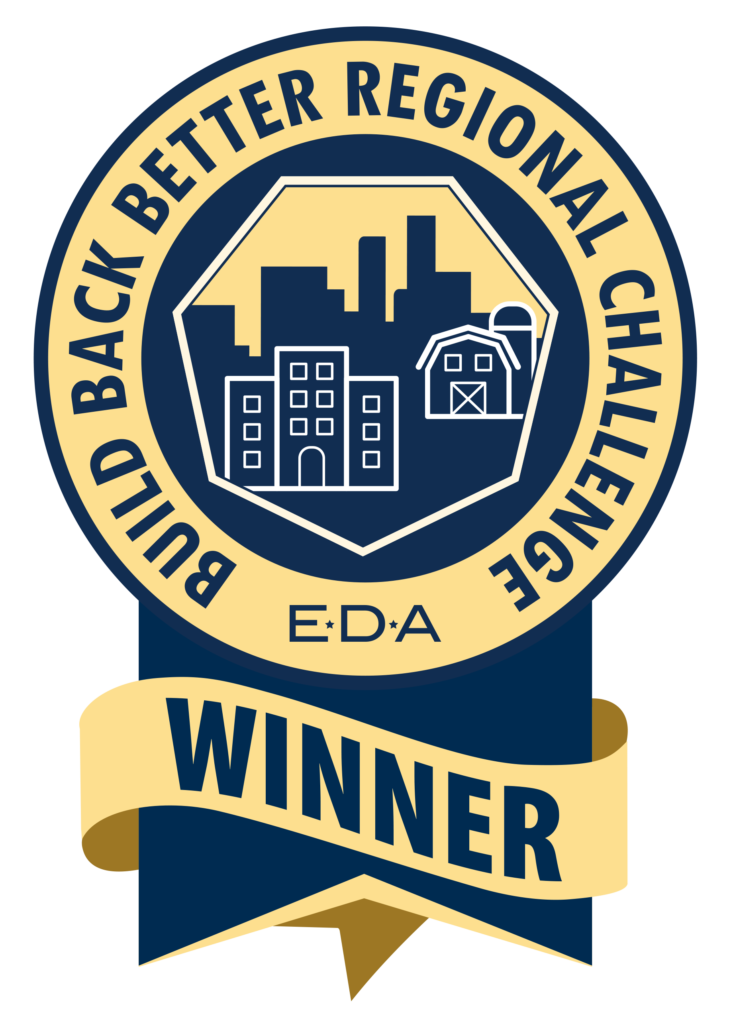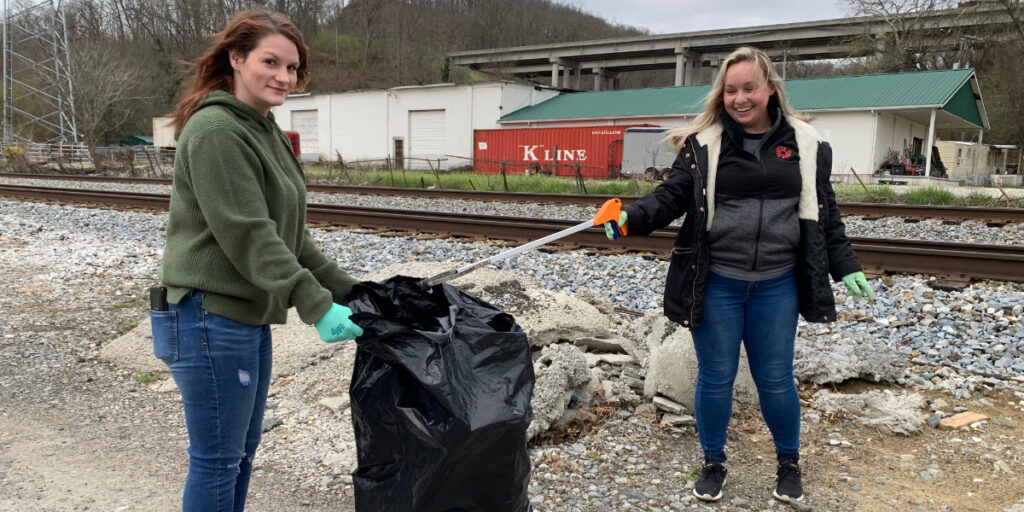March has been a whirlwind for our team here at Coalfield Development. At this month’s Council Day event, we kicked off by celebrating our most significant accomplishment: the much-anticipated submission of our Build Back Better grant earlier this month.
If selected, the Build Back Better grant would bring $108 million to southern West Virginia to be divided and distributed among Coalfield Development and 30 other organizations in our region. We’ll be notified about the decision sometime in July. Brandon expressed his sincere appreciation to Marilyn, Cindy, and the rest of the staff who helped assemble statistics and other insightful information for the application.
Since we’ve added some new faces to our staff and enterprises this year, we made time to reintroduce ourselves to our colleagues. Even for those of us who have been around for a while, it was a wonderful opportunity to get reacquainted with folks from other enterprises and departments and bond over our interests and hobbies.
Hat distributions and graduation recognitions
We also partook in our newest tradition at Coalfield: hat distributions. The hats made their debut during last month’s Council Day, where crew members were given one of four hat colors to represent their status in the organization.
Brown hats are given to WRAPS crew members, which honors their start at Coalfield and our role in rebuilding the Appalachian economy from the ground up. Crew members receive red hats, which represents bold action and coming together to move forward as a team. Blue hats are given to staff members and symbolize the big vision and the ways incremental change can sustain a new Appalachian economy with less poverty and more wellness and health.
Green hats are given to a select group of individuals who have demonstrated their excellence in the work environment. Green hats are given new responsibilities and leadership, and the color represents sustainability. Each hat color — and person under it — represents all the steps and hard work involved that collectively brings the “big picture” goal to life.
Following introductions Friday morning, we distributed brown hats to four individuals: Steven Smith, Dustin Foose, Barry Mullins, and Carlos Berry.
We also celebrated the graduations of WRAPS crew members James Damron and Joe Duncan. Post-graduation, both members received red hats.
Kaleb Hanshaw, project manager, shared a few words about Joe and James after they were given their certificates, starting with Joe.
“He’s the easiest person I’ve ever worked with and with valuing thoughts,” Kaleb said. “I’m very happy for you and excited about what’s going to happen in the next couple of years.”
For James, he added: “You’re great at noticing things and seeing the details, talk about bringing value to the team.” Kaleb said. “I’m really grateful for our friendship, for us to talk about life. I hope that I know you for the rest of my life.”
Reflections on self, group, and world affairs
Ahead of reflections, Brandon led our conversation with a poem and a brief exercise, in which we touched our heads, hearts, and hands — each representing an asset in our journey here.
“Who you are, what you think about, and all the knowledge you build up over the years is more powerful than a hammer or drill or computer,” Brandon said, as team members placed their hands on either side of their heads. “Between your hands is the most powerful tool.”
Our hearts, he said, is where our “power” lives: “On hard days, when we have to dig deep, what inspires you is what lives in your heart,” Brandon said. “Never lose your power. Stay courageous.”
Before closing, he moved onto hands: “Hands are wonderful tools,” he said.”Take potential in head, power in heart, hands to community, family, state, country, world. You have a purpose. I can’t tell you what it is, but you can figure that out at Coalfield.
Between self and group reflections, Brandon opened the floor to discuss the ongoing invasion of Ukraine and spoke to the importance of employers supporting workers who have had anxiety and depression triggered by coverage of the attacks.
“I think it is important to acknowledge how it makes you feel and know it’s okay, and be aware of it,” Brandon said. “We can’t turn away or ignore it because tyrants or dictators — they bank on making good people get tired and exhausted and turn away. It’s a balance of knowing what we can do and being educated enough to understand what’s happening.”
Preservation amid deconstruction
After lunch, Jacob Hannah, director of conservation, and members of the deconstruction crew shared insight into their preservation efforts on the job.
“We’re trying to make a case,” Jacob said. “There’s a lot of valuable materials and resources going to landfill, which costs labor and time. What we’re doing is going to the houses and extracting anything with recyclable values like 2x4s, 2x6s, crown molding, fireplaces, and things we could use at our woodshop. That’s the prototype for this project.”
Another aspect of the project, the team explained, is preventative care, especially when it comes to removing shrubbery or trees. Often, native animals may use these areas for habitats, but if we remove the tree or shrub before animals settle in, they can move on to another tree. All levels of care are critical — for soil, habitats, foundation of the buildings — and help prepare for property development down the road.
Next, Baleigh Epperly, ReUse Corridor Manager, shared a presentation about excess waste management and ways we can promote sustainability locally and globally. Started in 2019, ReUse is a coalition devoted to recycling, reusing, and upcycling across 15 countries in five states.
In Appalachia, recycling and upcycling efforts are low and often inaccessible, but a lot of these things still have value, one example, she shared, was furniture.
“We’re taking wood from buildings seen as useless and turning them into beautiful things,” Baleigh said. “We’re diverting it from a landfill and getting something meaningful out of it.”
Stay up to date with Coalfield Development by visiting our website or by following us on Facebook, Twitter, and Instagram.


